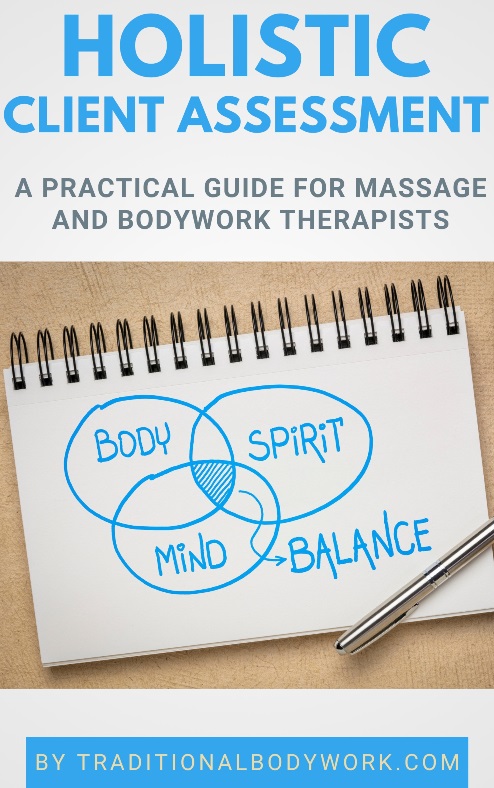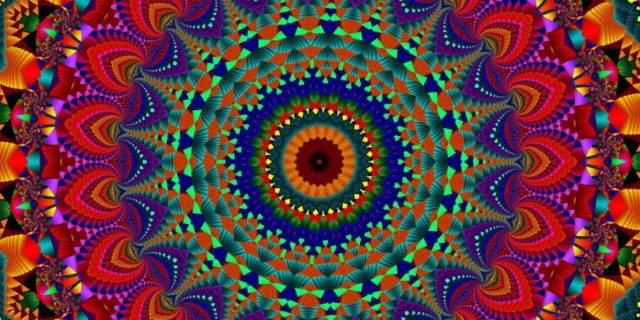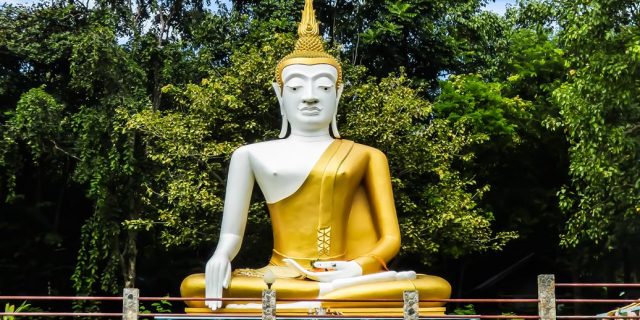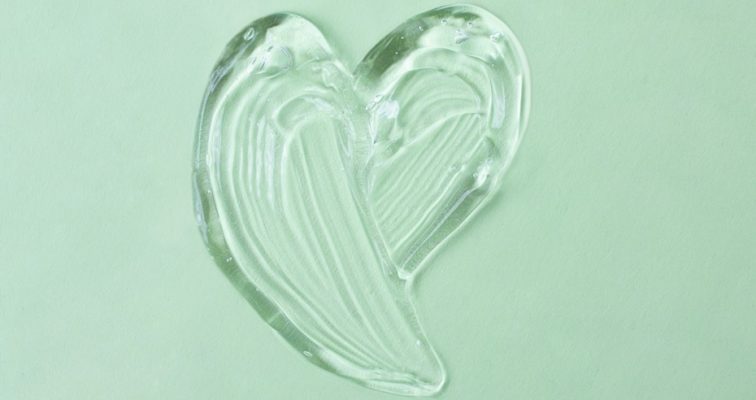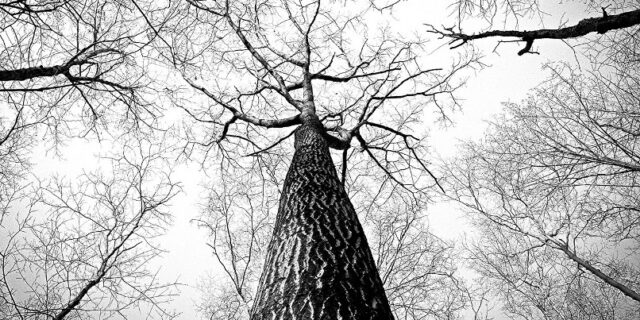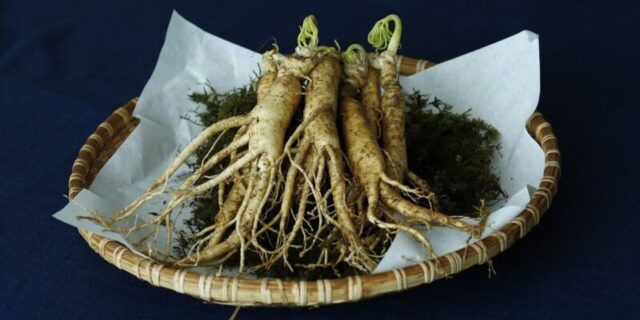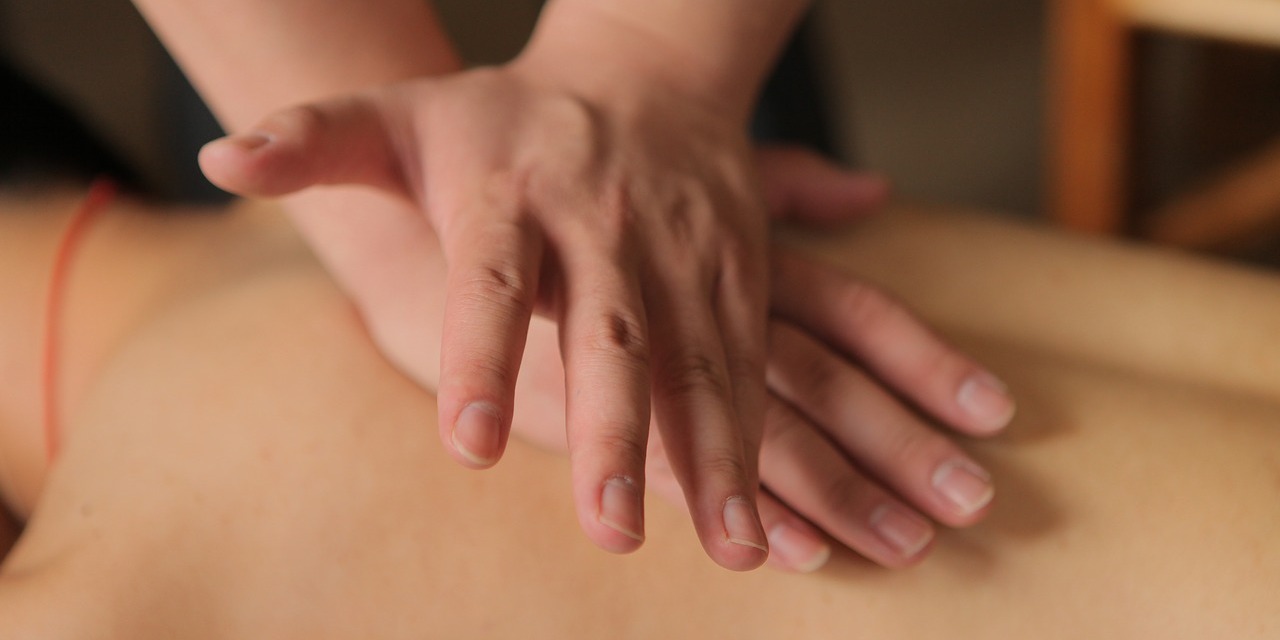
In this article, we’ll explain what is generally understood by “bodywork” — and, of course, applicable to our website — what we see as “traditional bodywork.”
What Is Bodywork?
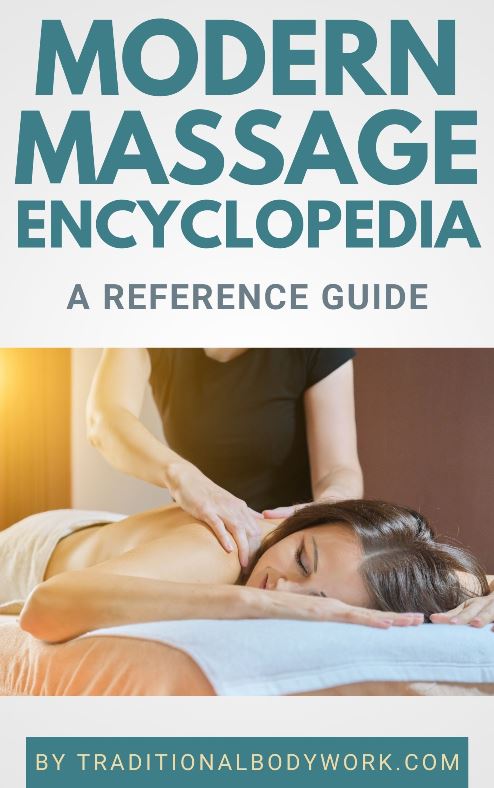
In the realm of complementary and alternative medicine, the label “bodywork” is applied to any therapeutic or personal development technique that is about working with the human body involving manipulative therapy, such as massage, spiritual work, breathwork, or energy work.
Techniques of bodywork also include improving posture, promoting awareness of the body-mind connection, or manipulating the electromagnetic field that is thought to surround the body.
Non-touch bodywork modalities include, for instance, Reiki, Yoga, Shamanic work, Qigong, Tai Chi, herbal medicine, and breathwork techniques.

Touch or manipulative bodywork includes techniques like Deep Tissue Massage, Chiropractic, Sports Massage, Acupuncture, Reflexology, Postural Integration, Alexander technique, Swedish Massage, Feldenkrais, Tuina, Shiatsu, Thai Massage, Javanese Massage, and Craniosacral therapy, to name a few.
Genital, sensual, and erotic bodywork involves those treatment modalities that occupy themselves with sexuality or sexual-somatic issues in a broader sense, or in a more narrow sense directly with the genital organs. Moreover, genital bodywork treatments are for the greater part specializations of more general already existing modalities or practices, such as Thai Massage, Chinese Massage, Tantra Massage, and Ayurveda, among others.
Mind that the labels massage and bodywork are often used interchangeably. Nonetheless, take note that bodywork includes all forms of massage, but massage is just one type (or form) of bodywork.
Traditional Bodywork
Traditional Bodywork basically follows the same definition as mentioned above, with the difference that it addresses ancient traditional medicine systems. Nevertheless, there’s no consensus about what exactly is considered “ancient.” Are we talking about healing modalities of a hundred years old, a thousand years, or older?
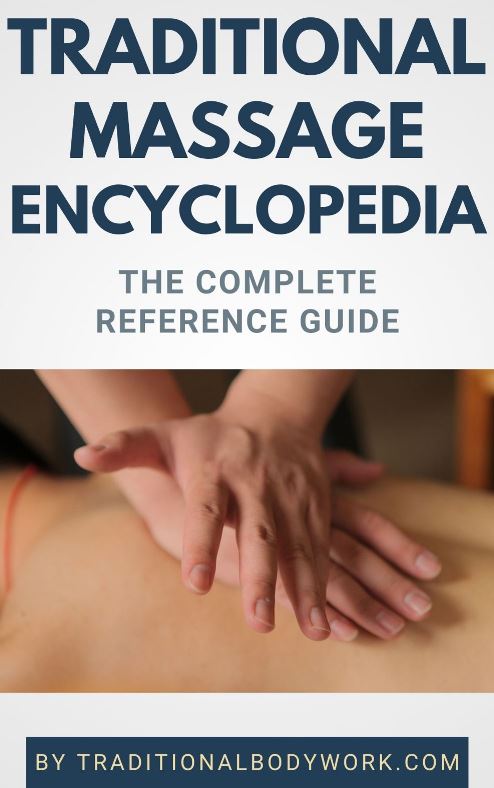
For instance, we generally consider Chinese Medicine, Indian Ayurveda, and the Thai Healing Arts “traditional and ancient.” Then again, we find many new modalities added to those quite recently, like Thai Amatarot (about a hundred years old) or Thai Nerve Touch Massage (perhaps about fifty years ago). Or, Japanese Shiatsu, the label coined about a hundred years ago, but developed over a longer period of time, and Reiki, also about one hundred years old. Are they also “traditional?”
And what to think about Swedish Massage (also known as Classic Massage) which was invented in the 19th century? Is that “traditional?”
Another aspect of traditional healing systems is that much of it is considered “energy work,” that is, working with the flow of Life Energy, Prana, Lom or Qi, but … often doing this by manipulating the body. That’s perhaps somewhat ambiguous, and that’s why these kinds of traditional energy systems are often also labeled bodywork. True bodywork — in ancient healing systems — is usually attributed to herbal and food medicines, directly manipulating the more physical earth-wind-water-fire qualities i.e. natural elements.
In any case, we hope to have shed some light on the subject — traditional and non-traditional bodywork cover a vast spectrum of touch and non-touch alternative healing arts might it be massage, spiritual or breath work, or so-called energy work.

